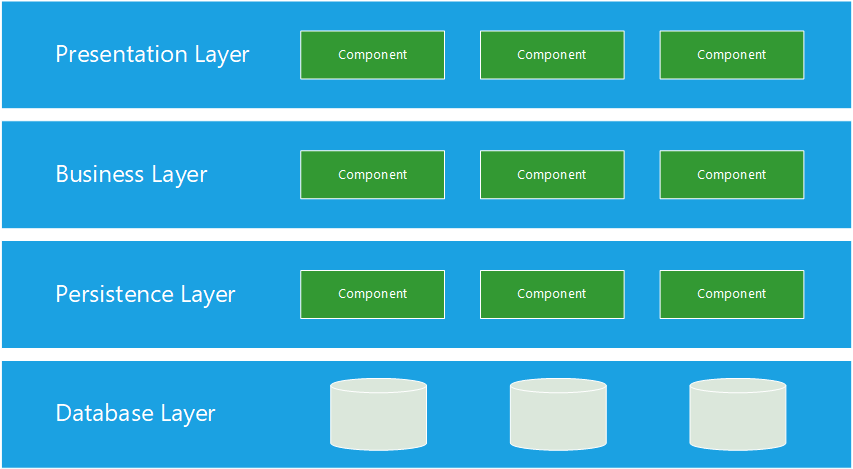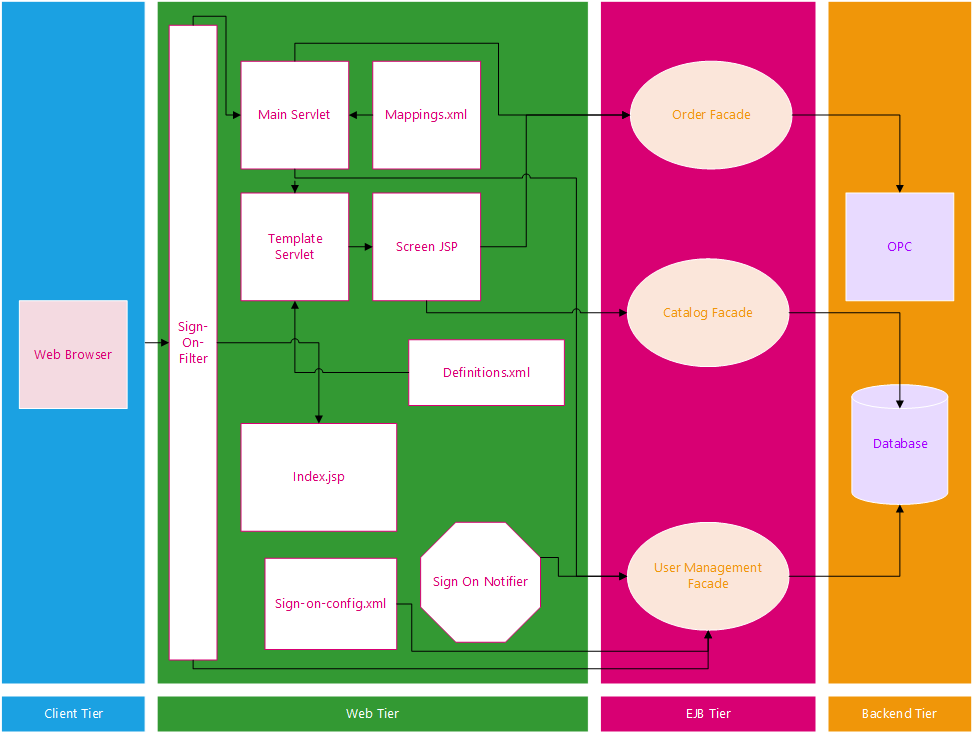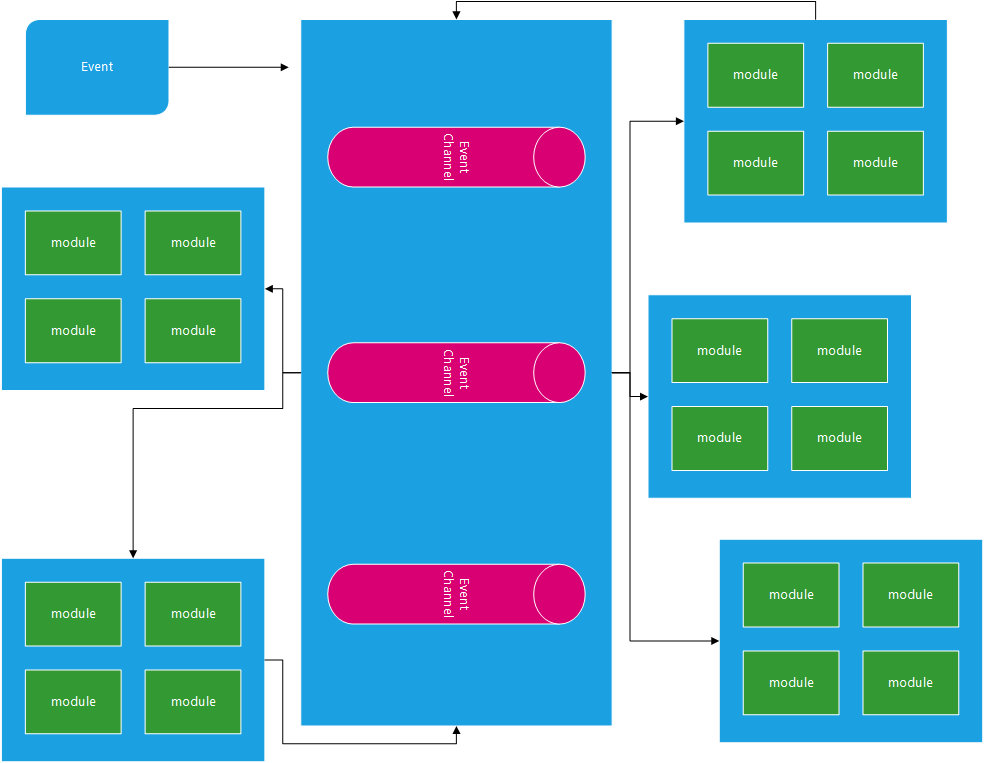What is Software Architecture?
The job of a Building Architect is typically to design buildings, structures and civil infrastructure. Not too dissimilarly, the job of a Software Architect is to design the systems, services and infrastructure of computing systems. More importantly, just like as building architectural planning is typically the first step in any major construction project, so too is software architecture (albeit, one of the two is better suited to an agile methodology).
What is an Architectural Pattern?
An architectural pattern is a general, reusable solution to a commonly occurring problem in software architecture within a given context. The architectural patterns address various issues in software engineering, such as computer hardware performance limitations, high availability and minimization of a business risk.
Wikipedia: Architectural Pattern
You can think of an Architectural Pattern as a sort of “template” that you can use as a first step when designing the architecture of your system or application; it is not, in and of itself, an architecture. Rather, an architectural pattern is generally considered “strictly described and commonly available”. They’re designed to be broad and represent high level solutions to general software engineering problems that are reoccurring.
Just like there are many different “styles” of Building Architecture (i.e. Classical, Industrial, Victorian, Tudor, Art Deco, ect.) Software Architecture has “Patterns”.
Why use an established Architectural Pattern?
It’s good to learn from your mistakes. It’s better to learn from other people’s mistakes.
Warren Buffett, CEO of Berkshire Hathaway
Like I said before, an architectural pattern is a starting point; a template. Starting with the model that most closely fits your project’s needs has advantages:
- More optimized systems – by using architectural patterns, we build transferrable models that can be reused, thus making them scalable and extensible.
- Early design changes – most architectural patterns are flexible and provide you the opportunity to examine your project holistically so that you can work out errors or fundamental changes that need to be made before technical debt is accrued.
- Simplification – not just for your sake but for the sake of collaboration among all the stakeholders involved. The faster stakeholders can form a mutual understanding, the faster communication, negotiation, and consensus. Obfuscation never solved anything.
Common Architectural Patterns
Below are just some of today’s most commonly used patterns:
- Layered
- Multi-Tier
- Pipe and Filter
- Client Server
- Event-Driven
- Microservices
There are many many other architectural patterns out there and this only represents a small subset of those. I may cover some of these plus others in more detail in the future via a separate post.
Below are high level conceptual diagrams for each of the above.
Layered Architecture

Multi-Tiered Architecture

Pipe and Filter Architecture

Client Server Architecture

Event-Driven Architecture

Microservices Architecture
